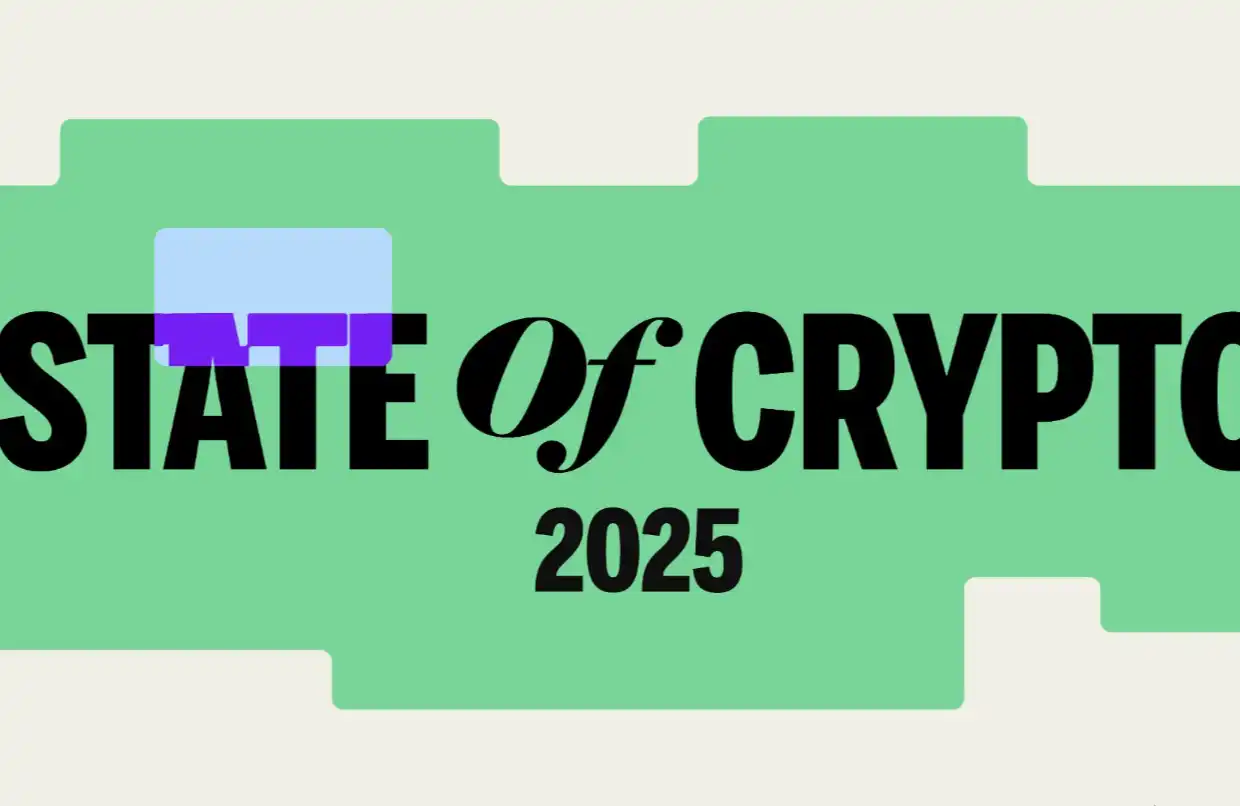News
Stay up to date on the latest crypto trends with our expert, in-depth coverage.



In June of this year, Polymarket completed a funding round at a valuation of $1 billion. Just four months later, its valuation target has soared to a range of $12 billion to $15 billion.

In the wave of AI and blockchain integration, the release of ERC-8004 marks the entry of the Machine Economy into the Trust Era.

It's time to upgrade the financial system, rebuild the global payment channels, and create the world's deserved Internet.

The U.S. government shutdown continues, Bitcoin price rebounds; Meteora founder accused of token manipulation; Hyperliquid Strategies plans to raise 1 billion USD; Tesla’s Bitcoin holdings have yielded an 80 million USD profit; crypto industry leaders discuss regulatory legislation. Summary generated by Mars AI. This summary is produced by the Mars AI model, and the accuracy and completeness of its content are still being iteratively updated.

An era of conversation has begun, the era of confrontation has ended

At this new historical starting point, the entire industry is working together to move toward a more open, interconnected, and efficient future.
- 05:59Kinetiq, a liquid staking platform based on Hyperliquid, launches governance token KNTQJinse Finance reported that on Wednesday, the Kinetiq Foundation officially launched the protocol's official governance token, KNTQ. As the largest liquid staking platform in the Hyperliquid public chain Layer 1 (HyperEVM) ecosystem, Kinetiq currently has a TVL exceeding $1.6 billion. The total supply of the token is capped at 1 billion. Eligible airdrop recipients must agree to the "Kinetiq Foundation Terms of Use" before 20:00 UTC on November 21 in order to receive the tokens. According to the token distribution plan, 30% of KNTQ will be used for protocol development and rewards; 25% will be allocated for the initial airdrop, of which 1% will go to Hypurr holders and 24% to kPoints holders—a points system launched in mid-July, where users accumulate points based on the amount and duration of HYPE staked, in preparation for the airdrop; 23.5% will be allocated to core contributors, 10% will be held by the Kinetiq Foundation, 7.5% will be allocated to investors, and the remaining 4% will be used for liquidity support.
- 05:30Viewpoint: South Korea's stablecoin business may be reorganized around a "banking consortium" modelJinse Finance reported that, according to local information from the Bank of Korea (the central bank of Korea) in Hong Kong, the number of stablecoin issuer license applications received by the Hong Kong Monetary Authority (HKMA) since August this year has been lower than expected. The HKMA stated that as of the end of September, only 36 institutions had applied. This number is less than half of the 77 institutions that initially expressed interest. The Bank of Korea is also closely monitoring the case in Hong Kong. Even in Hong Kong, where capital flow controls are relaxed and there is no financial-industrial separation principle (“financial-industrial separation principle”), stablecoins still need to be managed under a strict regulatory framework. This situation will provide more substantial grounds for the Bank of Korea’s policy decisions. In response, some predict that the domestic stablecoin business in Korea is also highly likely to be reorganized with a “banking alliance at its core.” On the 20th, at the National Assembly’s state audit meeting, the Financial Services Commission of Korea and the Bank of Korea jointly stated that the issuer of the Korean won stablecoin should be an alliance centered on the banking industry. In response to the question from Democratic Party member Ryu Dong-soo, “Is it more appropriate to adopt an alliance form with bank participation when balancing innovation and stability?” Vice Chairman of the Financial Services Commission Kwon Dae-young replied, “I agree with this view.” The Bank of Korea also emphasized in its business report that it “supports this in principle” and pointed out that “it is necessary to issue (stablecoins) through a bank-centered alliance.”
- 05:30Multicoin Capital partner Kyle Samani: More optimistic about FHE compared to TEE and ZKPJinse Finance reported that on October 23, Multicoin Capital partner Kyle Samani joined the recent heated privacy discussion in the crypto community by posting on X, stating that assets are more important than privacy. For 99% of people, the risks of volatility far outweigh the benefits brought by privacy. There are three main ways to achieve on-chain privacy: Trusted Execution Environment (TEE), Zero-Knowledge Proof (ZKP), and Fully Homomorphic Encryption (FHE). When considering which method is optimal, three variables are important: A. Permissionless; B. Ability to execute arbitrary DeFi; C. Scalability of algorithms and chips. However, TEE does not work in a permissionless environment, and B is exactly where ZKP fails. He cited the recently surging privacy project Zcash as an example: when you submit an anonymous Zcash transaction, this transaction is actually invisible and cannot interact with anyone else's assets, making DeFi impossible. FHE, on the other hand, allows computation on encrypted data, and privacy DeFi using FHE architecture is very straightforward. Therefore, he expressed that he is more optimistic about FHE.